Beijing | What could possibly be new just weeks after ISE? Turns out—quite a lot. A visit to Infocomm China in Beijing proved that the innovation cycle isn’t slowing down. Alongside all the major LED players, the AI heavy weight made its first appearance at a ProAV trade show.
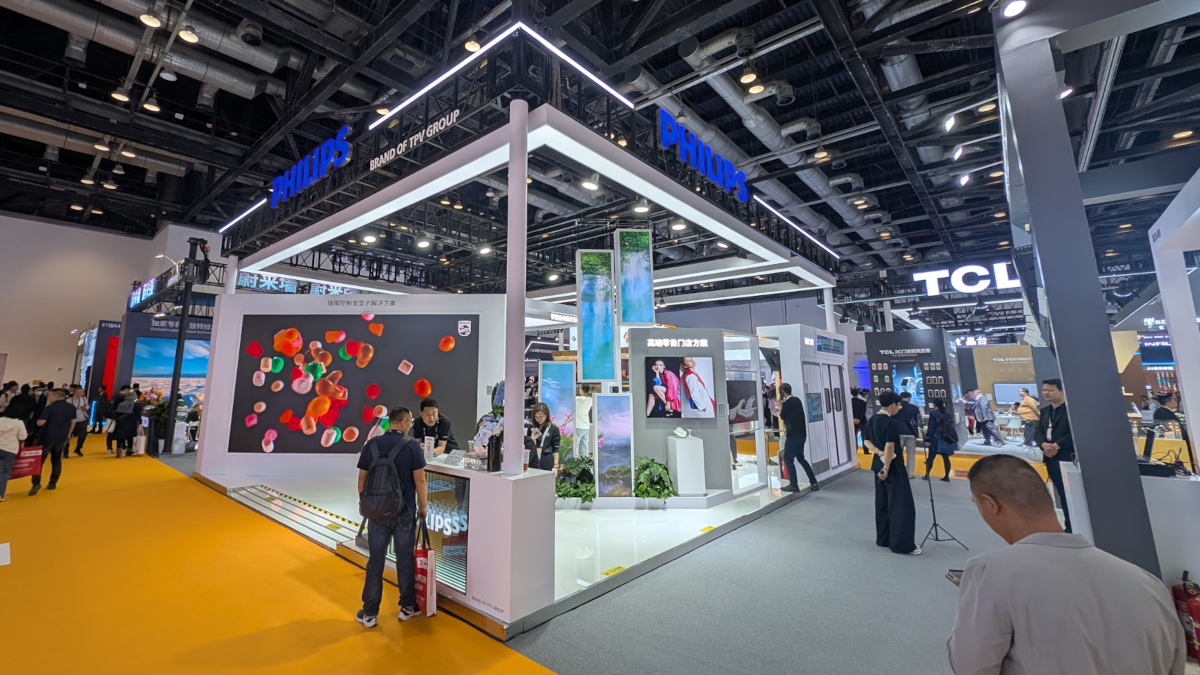
Trends: Everything AI and LED
Infocomm China, the Chinese sister fair to ISE, happens every April in Beijing. It brings together all the big LED manufacturers, their ecosystem partners, and a lot of suppliers you have likely never heard of if you’re based in Europe. One thing, however, was clear across every booth: AI was the star of the show.
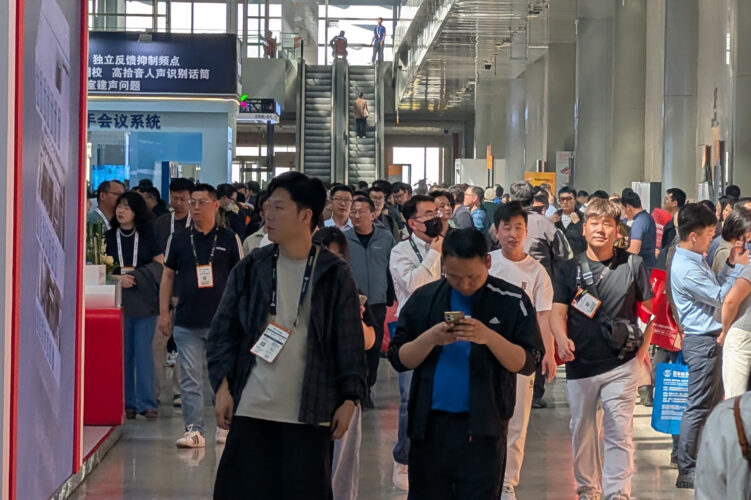
If you went there hoping to see the latest display innovations, chances are you left a bit disappointed. Technologies like LCD and OLED were more of a sideshow. The spotlight was firmly on DV-LED, which makes sense—this trade fair mainly targets Chinese integrators and end users.
LCD screens are everywhere in China, but they’re often low-end and not very well maintained. Integtrators and suppliers are way more excited about LED technology. Traditional displays are now seen as outdated. Still, even in China, digital signage without LCD and similar technologies is hard to imagine.
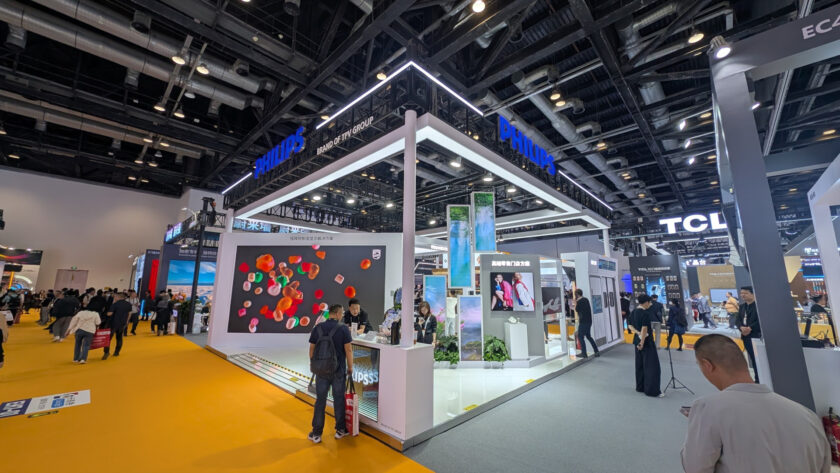
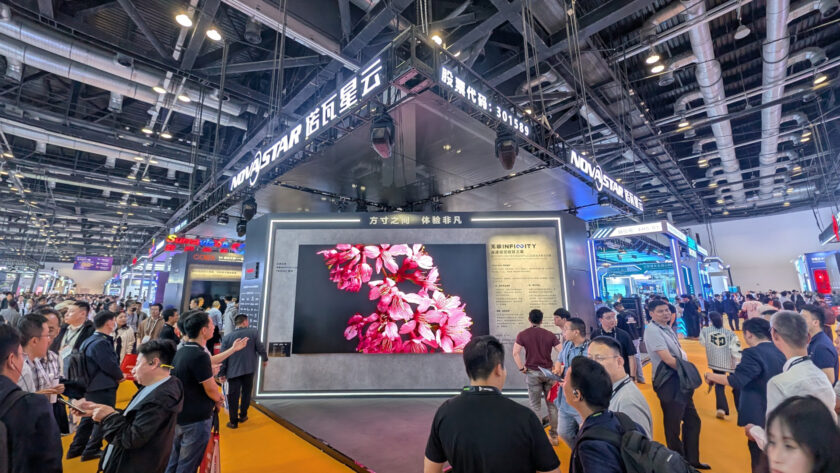
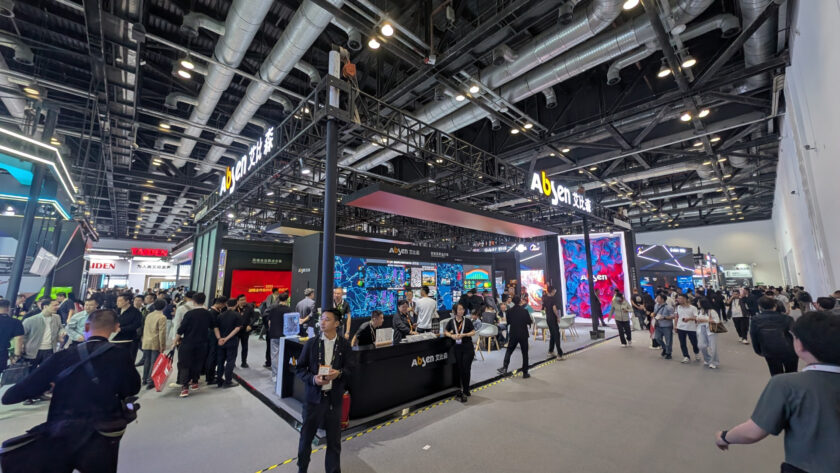
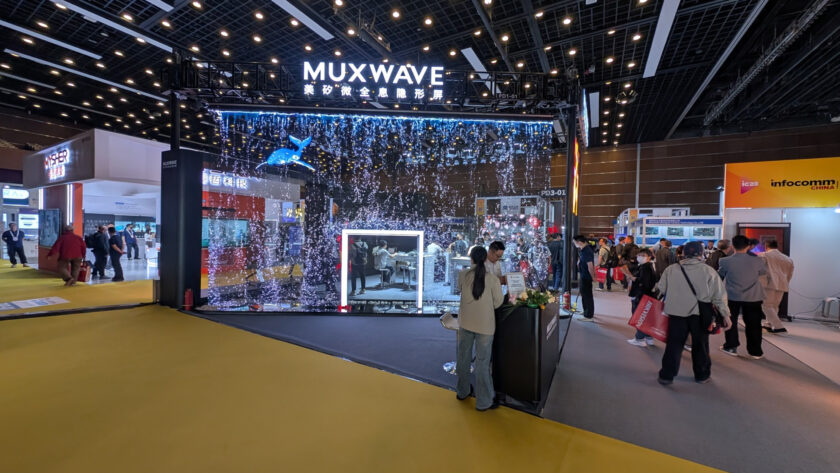
While SMD technology remains the core business—especially in China—manufacturers are starting to set themselves apart with a range of downstream innovations. From COB and COG to transparent LED displays, there’s a lot happening behind the scenes. Companies like Novastar, Aten, and Digibird are also pushing forward with new developments.
Most innovations are happening behind the scenes. Instead of focusing on new ultra-fine pixel pitches—like MicroLED at 0.6mm, which is cutting-edge but still expensive—progress is being made in AI-driven features: smarter image processing, remote device management, 8K content optimization, and better energy and heat management.


Endless AI innovations – but will they make a difference?
The big question is whether these features will actually prove useful in real-world applications. One complication is that many of the AI tools have been built for China’s own AI ecosystem, particularly around Deepseek. Whether these same features will work smoothly on Western platforms is still unclear.
The U.S. government is also stepping in, trying to block the use of systems like Deepseek in allied nations. From what we heard at Infocomm China, the AI-enhanced features baked into the products shouldn’t pose a problem for Western users. But using Deepseek-powered AI in day-to-day operation? That’s likely off the table going forward.
It’s a “brave” new world in digital signage—one we’ve all been navigating since “Liberation Day.”

